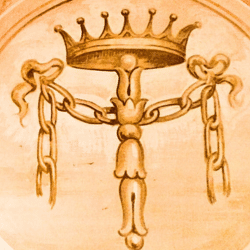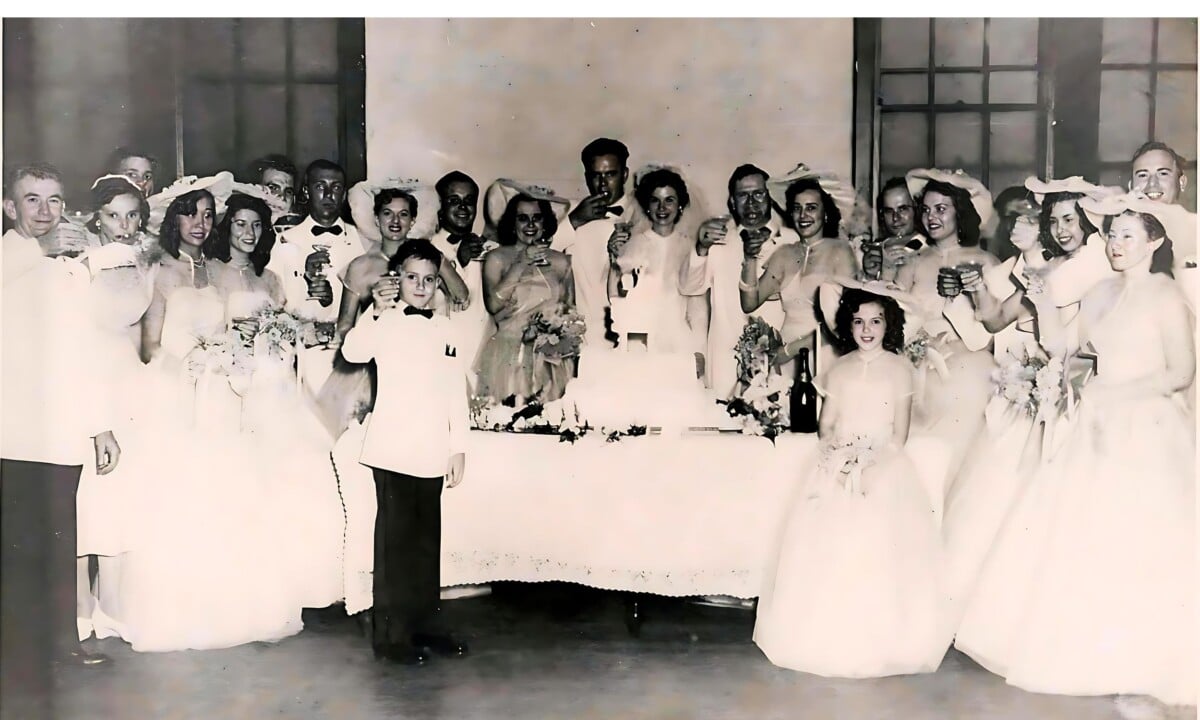
Robert S. Maestri: A Complex Figure in New Orleans History
Robert S. Maestri’s story is one of ambition and influence, set against the backdrop of a vibrant but often turbulent New Orleans. Born into a family of immigrant entrepreneurs, Maestri inherited a legacy of business acumen rather than formal education. His early years saw him immersed in the operations of his family’s furniture store on the outskirts of Storyville, the historic red-light district of the city.
While the association with Storyville might raise eyebrows, it’s important to understand the context of the time. The Maestri family, like many others in the area, operated within the realities of their environment. They managed a row of properties, including establishments rented by those marginalized by society. Maestri’s path diverged from formal education as he assumed increasing responsibilities within the family business, eventually becoming a shrewd manager of their properties.
Through astute investments and strategic relationships, Maestri rose to prominence in New Orleans, becoming one of its wealthiest residents by 1928. While there were whispers of his involvement in various enterprises, including gambling, Maestri’s true wealth was built on his business acumen and property investments.
Maestri’s association with figures like Huey Long is a testament to his understanding of the political landscape. Recognizing the need to align himself with charismatic leaders, Maestri threw his support behind Long’s political ambitions, contributing significantly to his campaigns. However, it’s worth noting that Maestri’s contributions weren’t solely motivated by personal gain; his journey from humble beginnings instilled in him a sympathy for those challenging the status quo.
During his tenure as mayor, Maestri left a mixed legacy. While accusations of corruption and ties to vice were not uncommon in the political climate of the time, Maestri also oversaw significant civic achievements. He played a role in reducing the city’s debt, supported cultural organizations, and spearheaded efforts to restore historic landmarks.
Yet, the shadow of corruption loomed large, with the spoils system flourishing under his watch. Despite efforts to maintain public safety and appearances, allegations of impropriety persisted. Maestri’s legacy is a nuanced one, reflecting the complexities of a city navigating its way through economic challenges and political upheaval.
Furthermore, Maestri’s era coincided with the infiltration of organized crime into the fabric of New Orleans. Figures like Frank Costello, a prominent New York mobster, expanded their illegal operations into Louisiana under arrangements with political figures like Maestri and Long. This partnership between politics and the underworld added another layer of complexity to the city’s social and political landscape, further shaping Maestri’s legacy.
In hindsight, Maestri’s story serves as a reminder of the intricacies of power and influence in urban environments. While his actions may raise ethical questions, they are also emblematic of the realities faced by those seeking success in a city shaped by its past and striving towards its future.

